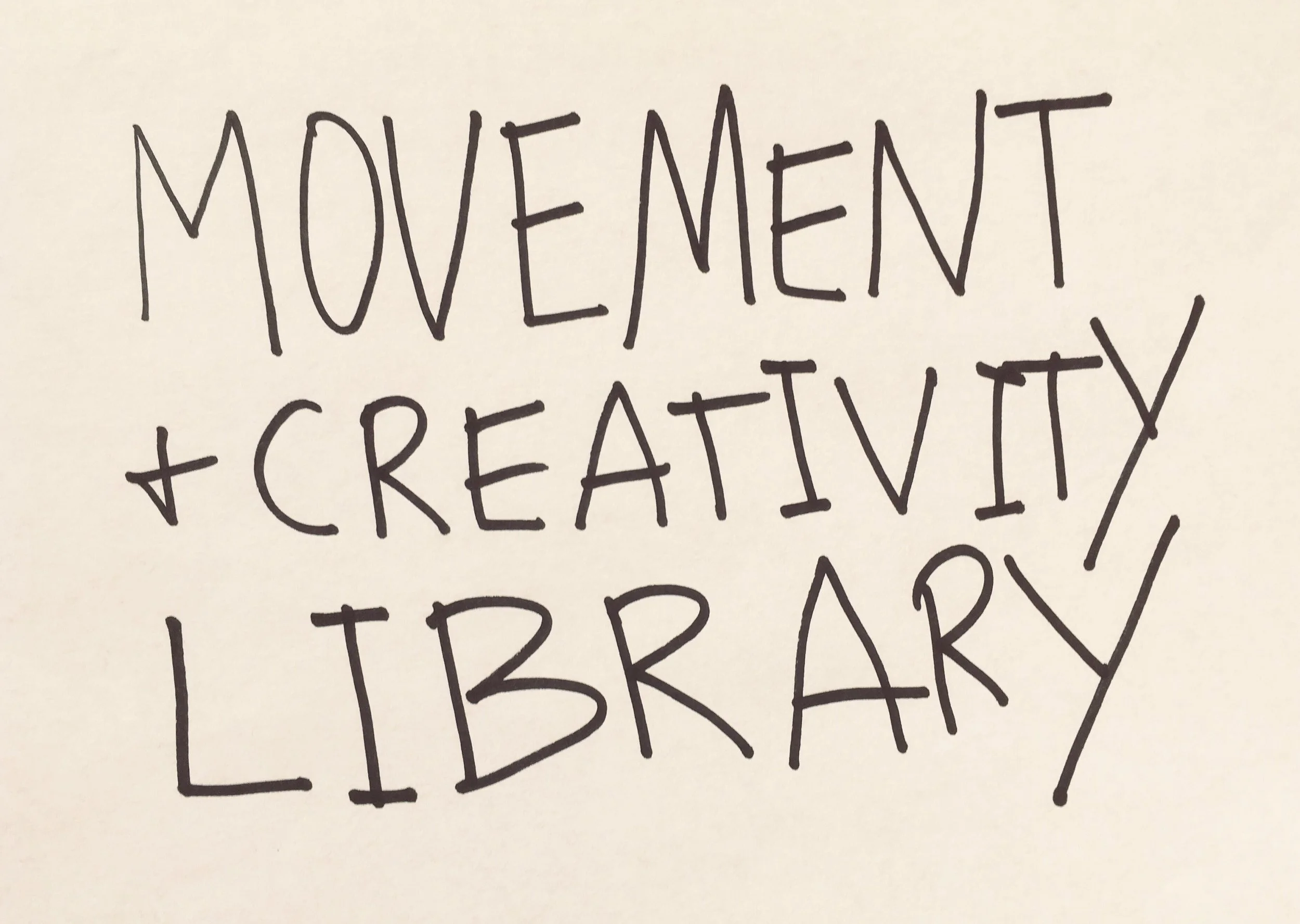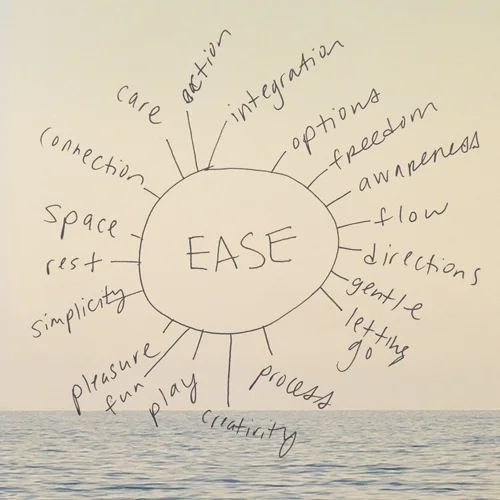Last month's NY Times article about how the Feldenkrais Method helps with chronic pain filled my private practice and watered a seed of a project I've had in mind for a while:
Movement & Creativity Library
A multimedia library of hundreds Feldenkrais Awareness Through Movement lessons and resources to help you reduce pain & anxiety and increase ease, pleasure & creative power.
It will be a way for me to support people all over the world to learn from the comfort of their own homes.
The people who are coming to me via the NY Times article are intelligent, curious, fascinating people--therapists, professors, lawyers, artists, writers---open and eager to learn. It has been an honor to work with them.
Pain is the reason they all came to the method. Through our work in the Feldenkrais Method they are finding that the same process which helps reduce pain also supports overall well being, and for many, more vibrant creativity. It is a paradigm shift from our pain-no-gain culture.
Recently a client said to me that The Feldenkrais Method changed her relationship to her pain and that is what changed her pain.
How do we change our relationship to pain? Here are a few of my colleagues answer this question in very different ways in response to the NY Times article:
What’s Missing From The New York Times’ Feldenkrais Article? The Elusive Obvious
by Ilona Fried
"I wish Jane Brody's article had cited Dr. Feldenkrais’ books and the “elusive obvious” rationale for his method: to free people from the shackles of conditioned thinking and behavior that might bring about pain in the first place. A cultural emphasis on achievement, rather than learning and growth, along with perfectionism, often contribute to emotional and physical distress. If we push too hard to prove ourselves, or to keep up with or get ahead of the pack, those beliefs and behaviors can create or exacerbate discomfort and lead to injury. Often it’s pain that finally tells us that we’re overusing, or poorly using, ourselves.
Contrary to the dicta of the culture at large, Feldenkrais teachers guide their students to move less, often far less than their full range in order to feel more and improve the quality of their experience. The ultimate goal? Not just to be free from pain, but to be free from another’s authority over one’s inner life.
Feldenkrais Method and Chronic Pain: How does it work? by Cynthia Allen
How the Nervous System Senses Differences by David Zemach-Bersin
And lastly I wanted to end this blog post with a lecture from 2013 by one of my teachers, David Zemach-Bersin. He says:
"Most of us are not aware of what we're doing. We're even less aware of how we do what what we do...
How do you create the conditions in which we can sense and feel ourselves?"



